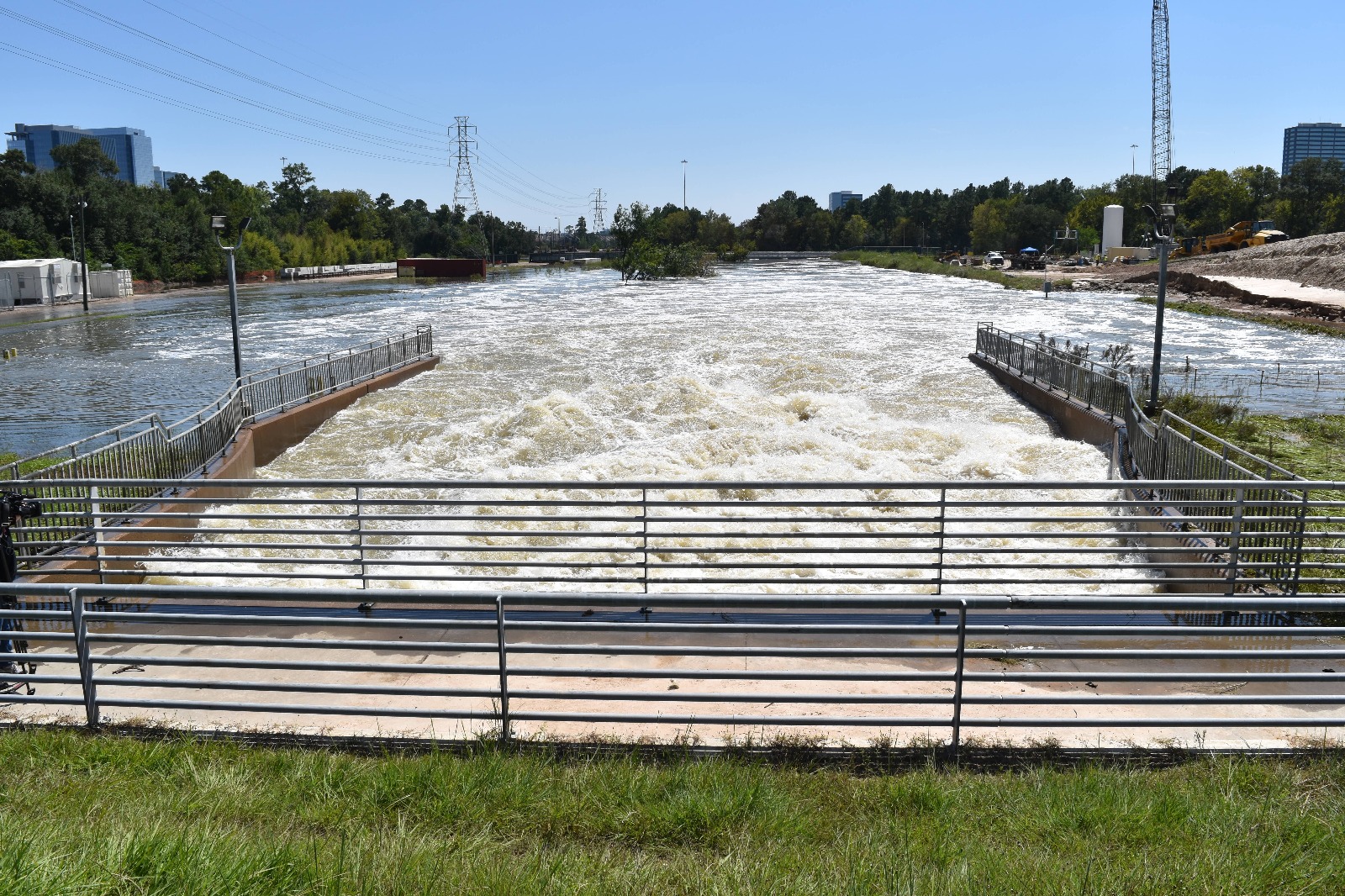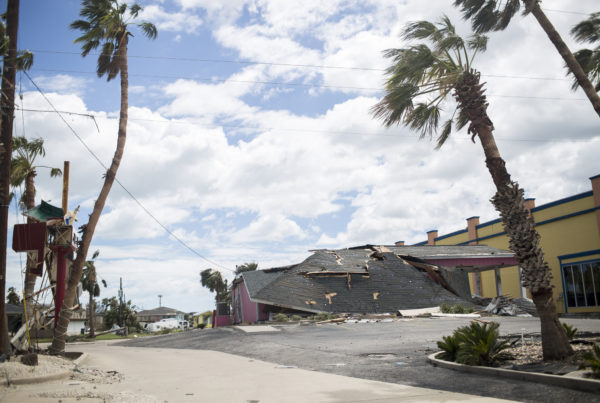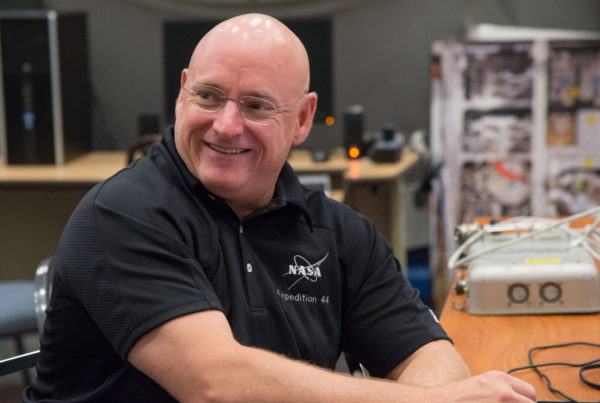Harvey is forcing Texas’ political leaders to take a fresh look at what it will take to protect the state against future flooding. For years, there have been warnings. Now, measures like a third reservoir in west Harris County have a new urgency.
“We can’t afford to wait five to ten years to build this. It’s my goal, it’s my highest priority to get this thing started and get this thing done as expeditiously as possible,” said Congressman Michael McCaul at Katy City Hall earlier this month.
McCaul, along with most of the Texas delegation and Governor Abbott, are asking Congress to fund $10 billion in flood protection projects. For Texas to pay for those alone, it would need to spend virtually all of the Rainy Day Fund, which may explain why the Legislature has put off work on these projects for so long. The American Society for Civil Engineers gave the state a D for flood control on its 2017 Report Card for Texas’ Infrastructure.
“I’ve stated over the last few years there has been an abdication from the state perspective when it comes to water,” says State Representative Lyle Larson, chair of the House Natural Resources Committee, at a hearing in Houston.
Larson argued the state hadn’t just suffered a calamity with Harvey. It had also wasted a tremendous opportunity.
“We had 34 trillion gallons of water that hit the canopy of Texas, 104 million acre-feet of water. That’s eight times what we need on an annual basis,” says Larson, noting the floodwaters that reservoirs couldn’t capture ultimately drained into the Gulf of Mexico.
“When we have these excesses, we need to take full advantage of it,” he says. “Mitigate the flooding, keep the damage from the people’s property as well as loss of human life, and move that water, create a conveyance system and start putting it underground or start moving it west, where we need the water.” It’s an ambitious approach. But Larson said it’s necessary, because eventually, the state will find itself back in a drought.
Another major priority is upgrading Texas’ dams. “We estimate the need to be somewhere around $93 million over time,” says State Sen. Charles Perry, who chairs the Senate Agriculture, Water and Rural Affairs Committee. “We have about 400 dams or so, and several of them have reached what’s called high risk.”
High risk, meaning they’re decades old and that, if they fail, could cause catastrophic loss of life, not to mention billions of dollars in damage. State Sen. Borris Miles says that may be what leads Texas lawmakers to pony up their share for flood infrastructure, in addition to the federal dollars.
“The economic impact of Harvey is not just vibrating through Houston or Corpus Christi or the sea line cities, but it’s affecting the entire state of Texas and the country. So everybody has a vested interest to work together on this,” says Miles.
The problem is that the next legislative session is still more than a year away.
“To deal with a natural disaster of this sort and to remedy some of the things that have gone wrong requires a combination of will and money,” says political scientist Brandon Rottinghaus of the University of Houston. “That’s a hard thing to sustain in a state that is frequently distracted by other issues and doesn’t like to spend money on these kinds of big infrastructure projects.”
Most of those projects now appear to have the support of both Gov. Abbott, Lt. Gov. Dan Patrick, and House Speaker Joe Straus. But Rottinghaus says there are plenty of developments that could kill the momentum on building new flood infrastructure. The state is facing an $8 billion gap in its next budget that it needs to close. There’s also the small matter of the 2018 elections, when voters decide who actually goes to Austin the following January.
















